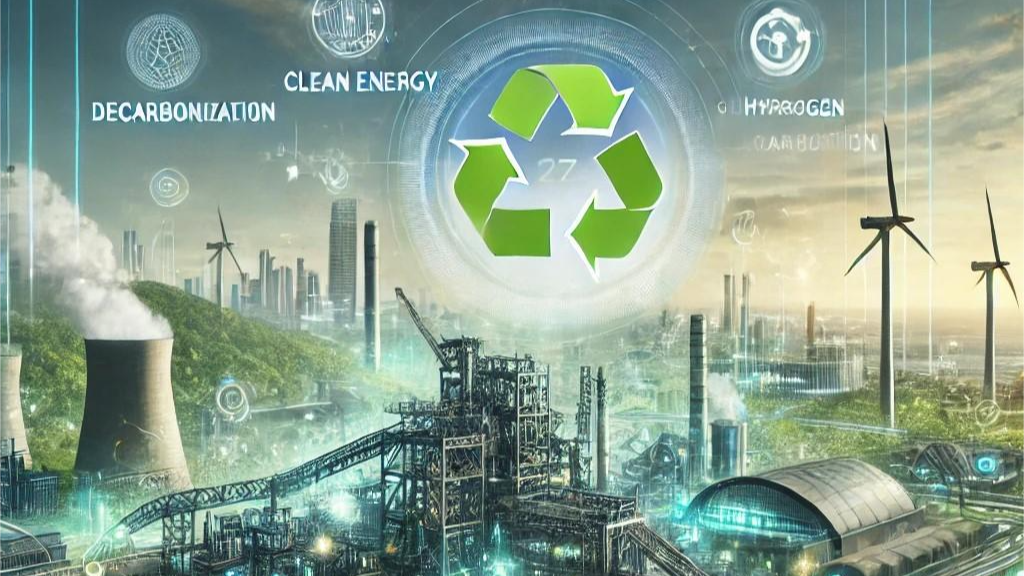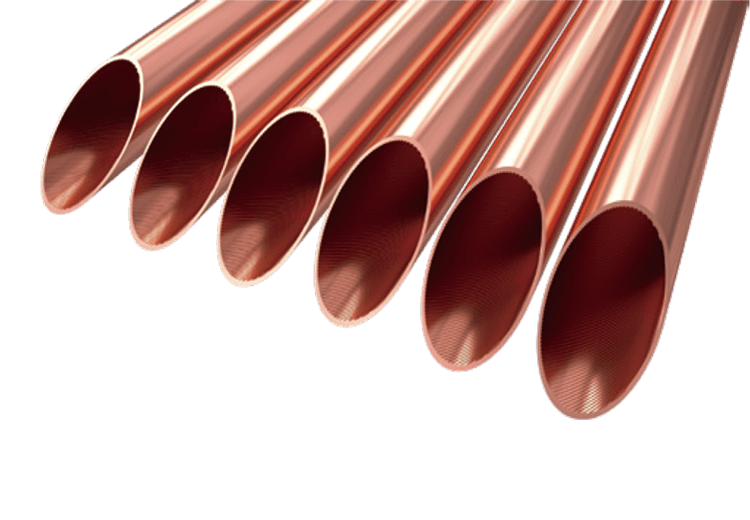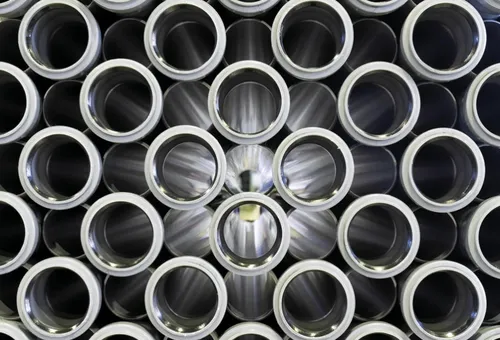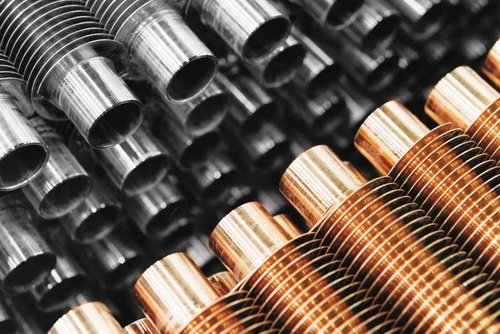Meta Description:
Learn how to choose the best stainless steel tube for corrosive environments. Explore material selection, corrosion types, industry standards, and real-world applications.
Introduction
Corrosive environments are among the most demanding settings for stainless steel tubing. Choosing the wrong grade can lead to pitting, cracking, or total system failure—costing both time and money.
This practical guide from DLSS helps engineers and procurement specialists select the most appropriate stainless steel tube for various corrosive conditions, including chlorides, acids, marine atmospheres, and sour gas environments.
1. Identify the Type of Corrosion Risk
| Corrosion Type | Characteristics | Common Environments |
|---|---|---|
| Pitting Corrosion | Localized holes due to chlorides | Seawater, desalination, cleaning chemicals |
| Crevice Corrosion | Occurs in tight gaps under low oxygen | Heat exchanger joints, gaskets |
| Stress Corrosion Cracking (SCC) | Cracks under tensile stress + corrosion | Steam lines, high-temp chloride service |
| Intergranular Corrosion | Along grain boundaries after welding | Improperly stabilized grades |
| General Corrosion | Uniform attack | Acid tanks, pickling lines |
Related guide: Outokumpu Corrosion Handbook (PDF)
2. Compare Common Stainless Grades for Corrosion Resistance
| Grade | Corrosion Strength | Key Use Cases |
|---|---|---|
| 304/304L | Moderate (non-chloride) | Water lines, food-grade environments |
| 316/316L | Good (chlorides < 100 ppm) | Marine, food processing, pharma |
| 317L | Higher chloride resistance | Chemical tanks, coastal HVAC |
| 904L | Excellent in acids + chlorides | Acid plants, pulp mills |
| Duplex 2205 | Superior strength + SCC resistance | Offshore, pressure vessels |
| Alloy 625 | Extreme acid/chloride resistance | Chemical reactors, sour gas |
Check composition reference: Atlas Steels Technical Handbook
3. Key Selection Criteria
a) Chloride Levels
- <100 ppm: TP316L is sufficient
- 100–500 ppm: TP317L, 904L, or Duplex 2205
- 500 ppm: 254SMO, Alloy 625, or titanium alloys
b) Temperature
- Elevated temperatures accelerate corrosion
- TP321, TP347, and high-nickel alloys resist high-temp degradation
c) Weldability & Fabrication
- L-grades reduce carbide precipitation during welding
- Duplex requires controlled welding parameters to avoid phase imbalance
d) Design Life Expectations
- Assess LCC (Life Cycle Cost) rather than just unit price
- Better material upfront = lower maintenance, fewer shutdowns
4. DLSS Tube Offerings for Corrosive Conditions
| Material | Typical Form | Certifications Available |
|---|---|---|
| TP316L / TP317L | Seamless / BA / U-bend | ASTM A213 / EN 10216-5 / PED |
| 904L / 1.4539 | Seamless + Bright Annealed | NACE MR0175 / ISO 15156 |
| Duplex 2205 / 2507 | Annealed + pickled | ASME SA789 / 3.1 / 3.2 MTC |
| Alloy 625 / 825 | Seamless tube or coil | ASTM B444 / B163 / AD2000-W0 |
Full chemical and mechanical data sheets available at www.dlsspipeline.com
5. Real-World Examples
✔ Marine Desalination Plant – Middle East
- Grade: TP316L
- Application: Seawater pre-treatment
- Result: Replaced TP304 due to pitting, extended lifespan by 5+ years
✔ Acid Storage Tank Lines – South America
- Grade: 904L
- Fluid: Diluted sulfuric acid
- Result: 10-year corrosion-free operation, no major shutdowns
✔ Offshore Platform – North Sea
- Grade: Duplex 2205
- Application: Oil/gas condensate lines
- Result: Zero SCC over 7 years, withstands salt spray and vibration
FAQs: Corrosion-Resistant Tubing Selection
Q1: Is 316L always safe for chloride environments?
A: Not always. Above 100 ppm chloride or at high temps, 316L may pit. Consider 317L, 904L, or Duplex instead.
Q2: Which grades resist sulfuric acid best?
A: 904L, Alloy 20, and Alloy 625 are well-known for sulfuric acid resistance.
Q3: What testing is available for corrosion-sensitive tubes?
A: DLSS offers PMI, ET, IGC testing (per ASTM A262), and grain size testing for stabilized grades.
Q4: Can I get third-party certification?
A: Yes. We offer TÜV, SGS, or Lloyd’s certification on request for special projects.
Conclusion
Choosing the right stainless steel tube for a corrosive environment is a balance of material science, application conditions, and long-term value. DLSS supports clients with expert consultation, test-backed material quality, and global delivery of corrosion-resistant tubing.
Contact DLSS
Email: info@dlsspipe.com
Website: www.dlsspipeline.com
Still unsure which alloy fits your corrosive service? Contact DLSS for a corrosion risk evaluation, datasheet package, and quote.



